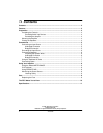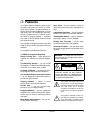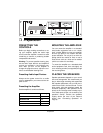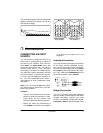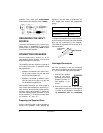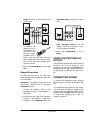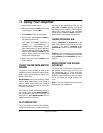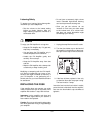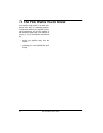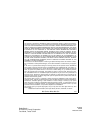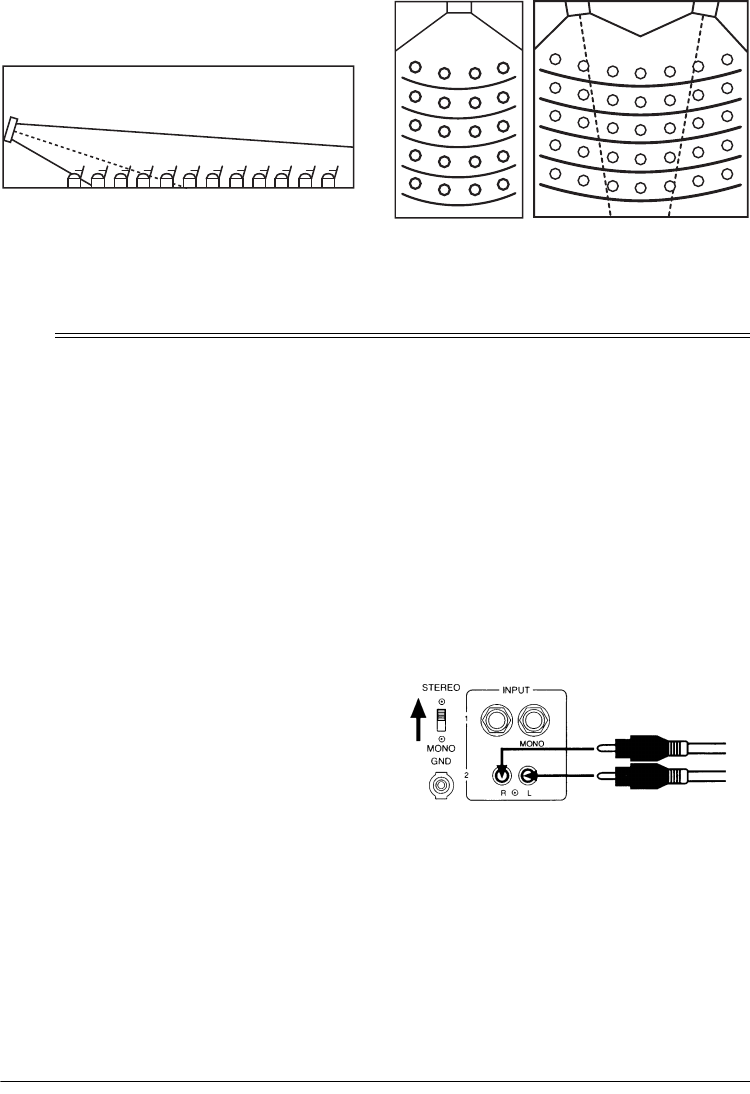
5
Connections
The following drawings show recommended
speaker placements for typical, narrow, and
wide sound coverage.
ˆ
Connections
CONNECTING AN INPUT
SOURCE
You can connect a component such as an
audio mixer or preamplifier to the inputs on
the back of your amplifier. Each input (la-
beled
INPUT
and
INPUT MONO
) has a bal-
anced and unbalanced jack. You need a
shielded cable with a
1
/
4
-inch (6.35-mm)
phono plug to connect to an unbalanced jack
or a cable with a phono-type plug to connect
to a balanced jack. To prevent hum and oth-
er noise, use low-capacitance shielded ca-
ble. Your local RadioShack store carries a
wide selection of audio components, parts,
and cables.
Note:
If you are using the
MIC
level inputs,
you must connect an audio mixer or pre-am-
plifier to this amplifier.
Cautions:
• You can connect audio mixers or pream-
plifiers to either the balanced
or
unbal-
anced jacks. Do not connect input
sources to both jacks at the same time.
• Before you make any connections, be
sure
POWER
on the front of the amplifier
is off and the AC power cord is not
plugged in.
Unbridged Connection
If you are connecting more than one speaker
on the same channel (unbridged connec-
tion), connect your audio mixer’s or preampli-
fier’s left and right output jacks to the
INPUT
R
and
INPUT L
jacks on the back of the ampli-
fier. Then, make sure
STEREO/MONO
on the
back of the amplifier is set to
STEREO
.
Bridged Connection
If you are connecting high-power speakers
that can handle a power output of 350 watts
(bridged connection), connect your audio
mixer’s or preamplifier’s output jack to the
IN-
PUT MONO
or
INPUT L
jack on the back of the
Typical Coverage
(two speakers)(single speaker)
Wide Area CoverageNarrow Coverage




